
The freelance market is currently flourishing, making it an opportune time to consider this career path. In this guide, we’ll explore strategies that can help you succeed as a freelancer. However, it’s important to remember that building a successful freelance business takes time and dedication. It requires a combination of creativity and technical skills to excel in this field.
What Is Freelancing?
Freelancing involves working on projects for clients under contract. Freelancers often juggle multiple projects for various clients simultaneously. According to the Internal Revenue Service (IRS), independent contractors are considered self-employed.
Freelancers, whether part-time or full-time, typically sign contracts before starting work. Payment terms can vary: clients might pay per project, per task, or by the hour. While freelance jobs are often short-term, satisfied clients often return with more work. Most freelance opportunities are in creative, service, and skill-based sectors like copywriting, programming, engineering, and marketing.
Benefits of Freelancing
Flexibility
You can set your own schedule as a freelancer and pick which days and locations to work. You might work from home or while at the beach, for instance. A better work-life balance is supported by the flexibility of freelancing.
Selection of Projects and Clients
You can choose the projects you want to work on as a freelancer based on your interests and skill set. You can choose customers based on specific requirements.
Set Your Own Prices
Since you often set your own prices when working as a freelancer, you may have more influence over your earning potential. Another element that will probably affect your earnings is the amount of tasks you are able to handle on a daily or weekly basis.
Enhanced Skill Set As a Freelancer
You can get the chance to work on more specific projects, increasing your familiarity with specialist subject matter.
International Brand Awareness
You have the freedom to select your clients and projects, giving you the chance to forge deep connections with companies all around the world.

To start freelancing while you already have a full-time job, you’ll have to consider the following steps:
- Define your business goals.
- Find a perspective niche (and stick to it).
- Identify target clients.
- Set your freelance rates.
- Create a website (and portfolio).
- Find your first client.
- Expand your network.
- Work On Additional Skills.
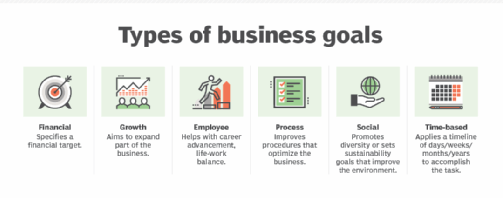
1. Define Your Business Goals
Before you start freelancing, you’ll have to be honest with yourself, and answer an important question:
Is freelancing just a side gig? Or do you plan to expand it to a full-time business?
The answer to this question will determine your next steps, considering that you’ll either aim to balance your full-time and freelance work, OR aim to work your way out of your current job to pursue a full-time freelance career.
The answer to this question is your long-term goal. To pursue it, you’ll have to set a number of short-term goals and answer questions such as:
- What niche will you specialize in?
- What services will you offer?
- What amount do you want to be earning on a monthly basis to decide to quit your full-time job (if applicable)?
2. Find A Perspective Niche (& Stick To It)
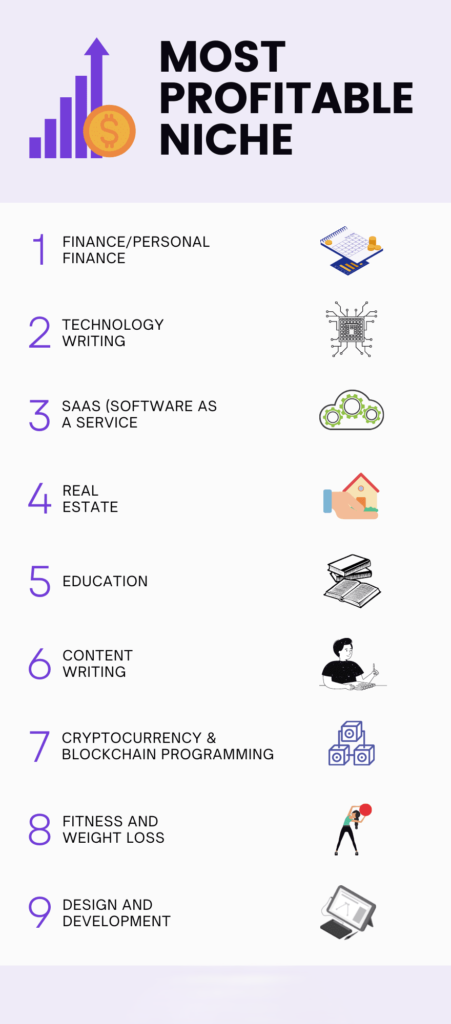
No matter whether you’re a graphic designer, copywriter, developer, or anything in between by vocation, it’d be best if you were to specialize in a particular area of work:
For example, If you’re a content writer, don’t aim to write about any topic under the sun, from Top 3 Ways to Prepare Your Garden for Spring to Taxation Laws in all 50 US States Explained.
Sure, you may start by writing various topics, to find your ideal niche, but eventually, you should pick one, and stick to it.
But, Cryptocurrency or Technology content writer always sound much better in your CV than General content writer. Moreover, they inspire more confidence in you on the part of the clients who’ll always be looking for specific, and not general content.
The same is true if you’re a graphic designer:
- Consider your level of experience
- Your current pool of connections
- Your natural inclinations to a particular design niche
- Then, make your pick — focus on delivering interface design for apps, creating new custom logos, devising layouts for books, or any other specific design work.
3. Identify Target Clients
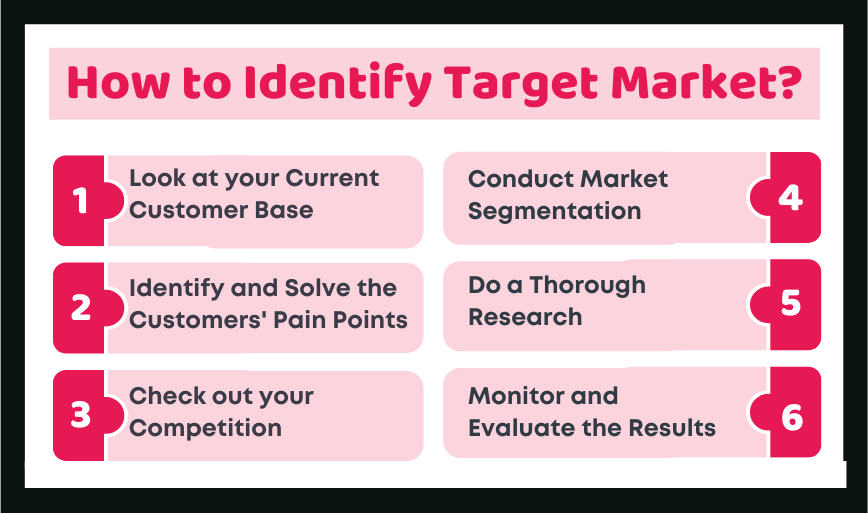
Just like you shouldn’t aim to cover every niche in your industry, you shouldn’t aim to cater to the needs of the entire industry’s market.
Small businesses, teams, remote workers, or even other freelancers may all require the same type of service you’re looking to offer. But, you’ll need to target one or two types of clients especially.
Say you want to start a blog about everything related to working remotely. There are freelancers, teams, but also entire businesses working remotely, and they can serve as your starting point.
- Think about the age of your desired readers. Perhaps you’re a Millennial, so you can write a blog about working remotely for Millennials?
- Think about the location. Perhaps you want to cover predominantly the US market?
- Think about the education level. Perhaps you want to cover newly independent remote workers, who’re just starting out their careers?
- Think about income. Perhaps you’re looking to write for people with a limited budget, but who want to try digital nomadism?
- Think about gender. Perhaps you want to predominantly target women freelancers?
These are only some questions you should ask yourself, but they reveal a lot. For example, that you can write for fresh-out-of-college female Millennials from the US looking to start and cultivate a remote career while traveling abroad with a limited budget.
4. Set Your Freelance Rates
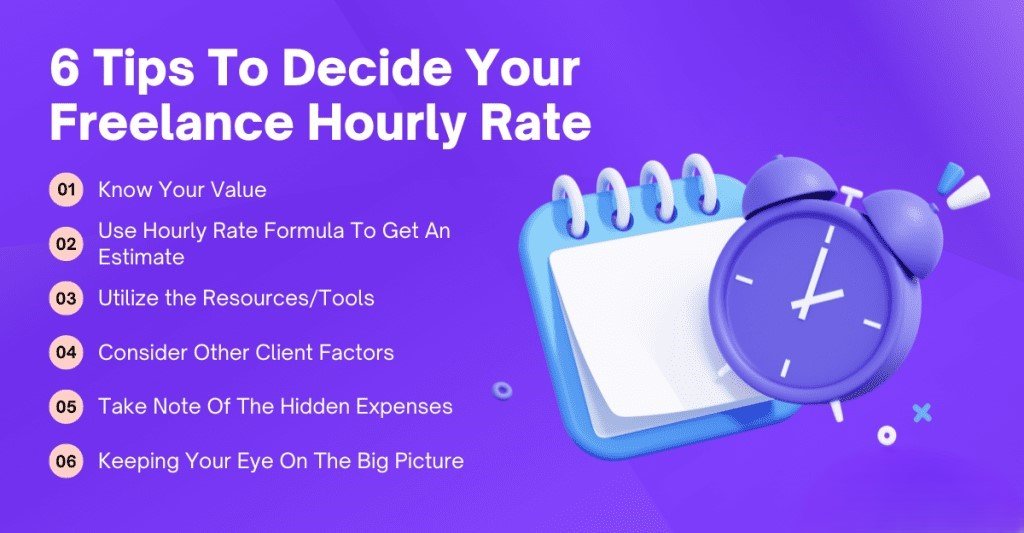
Setting your freelance rates always seems like a challenging point, but it’s a lot more straightforward when you list the necessary parameters that help determine your ideal (and realistic) pricing:
- Experience (if any)
- Education level
- Supply and demand for your services
- The prices in your industry
- The average freelance hourly rates in your niche
- Your location
Once you have all this data, you’ll need to calculate your hourly rate based on it — higher education, experience, and demand for your niche will mean you can set higher prices. If you’re based in the US, you’ll likely be able to command higher rates than if you’re based in the Philippines. Of course, your living standards and expenses will be higher, so you’ll also need to command higher rates.
5. Create A Website (And Portfolio)
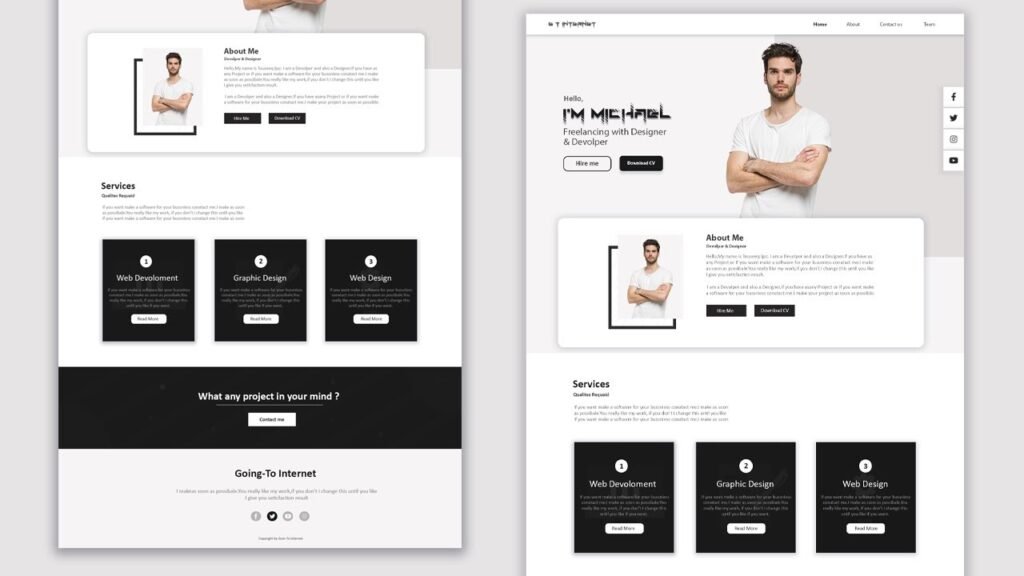
Once you’ve defined your business goals, found a niche, identified your target clients, and set your prices, you’ll want to create an online presence. And, the best way to do so is by creating your own website with a portfolio showcasing your previous work, skills, and expertise. There are plenty of amazing tutorials on YouTube.
Creating a website for free through a website builder like Wix is fine, but you’ll be better off if you were to buy a domain name from a hosting website. You’ll get a unique name for your online presence and a customized email address, so you’ll look much more credible and overall more professional to potential clients.
Regardless of what your industry is, it may be best if you were to choose your own name for the domain, especially when you’re mostly looking to showcase your portfolio. You’ll stand out better, and it’ll later be easier to switch to a different industry (or niche) if you find that you want to.
Once you’ve selected a host and domain name, you can install WordPress to your website, and choose the website’s theme. Then, you can add a landing page describing your services, and prices, maybe even a separate page for a blog where you’ll write about industry-related topics.
6. Find Your First Client
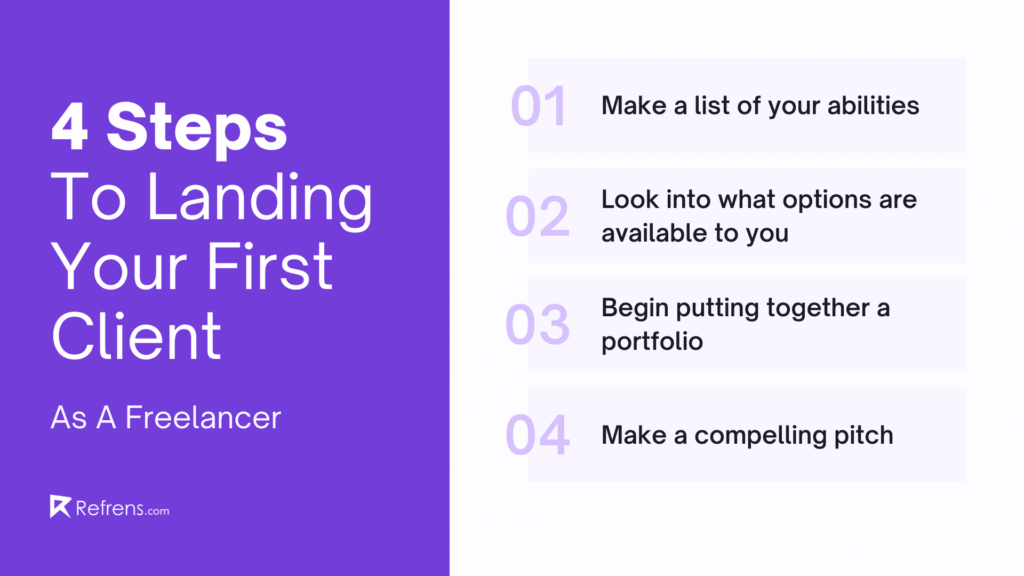
Your first client may contact you because of your personal website portfolio, but you should also actively pursue your first gig bearing in mind what employers look for. There are several ways you can do this:
- Get involved in your industry’s community
- Learn how to pitch through email
- Look through freelance job platforms/websites
7. Expand Your Network

Once you’ve landed your first client, you’ll need to work on finding recurring clients. Perhaps your first client will become a recurring one. And, perhaps the referral you’ve been given by said first client will inspire others to contact you and provide a steady stream of work.
In any case, it’s best that you expand your network — and here’s where the famous Pareto principle comes in handy. According to it, cultivating a good relationship with 20% of your clients will help you find 80% of new work through their referrals. Moreover, each new 20 referrals increase your chances of getting new projects by 80%.
To expand your network, you can:
- Partake in industry webinars
- Attend events
- Join Facebook groups, pages and communities
- Streamline your LinkedIn network
- Send out invites to professionals in your field (or a field that often requires your services)
8. Work On Additional Skills
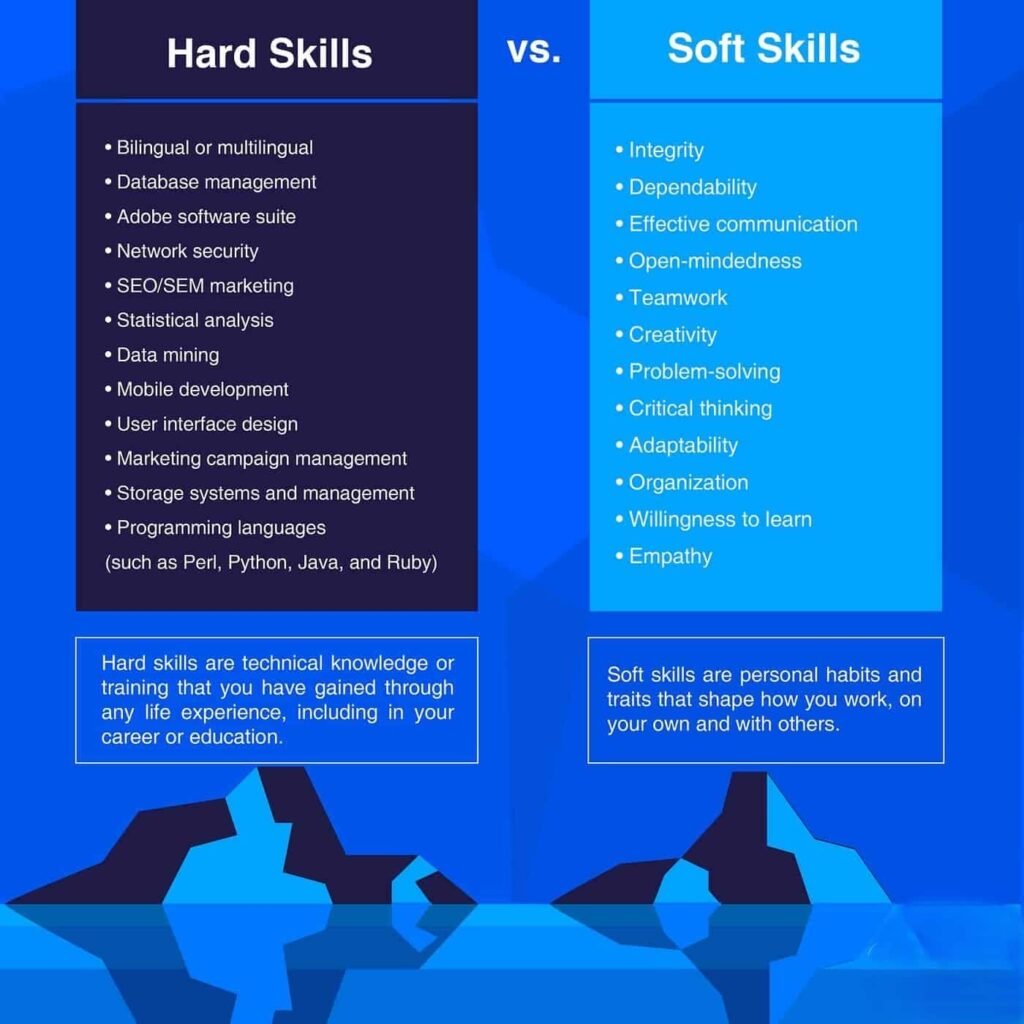
Apart from your core, industry-related freelance skills (i.e., your hard skills), you’ll need to work on some additional skills — your soft skills.
Soft skills are more personality-related: communicativeness and critical thinking are probably the most important traits to pursue, but, you’ll also need to be persistent, good at handling stress, an efficient scheduler, and skilled in time management.
The more you can skill up yourself, the more expensive you will become. Remember knowledge is priceless.
You’ll also need to be confident, to persuade your potential clients that you possess the skills and experience they’re looking for.

Conclusion
Entering the freelancing business may sound overwhelming and complicated, but it’s actually pretty straightforward, once you follow the right steps.
Take time and do what you find passionate about.

